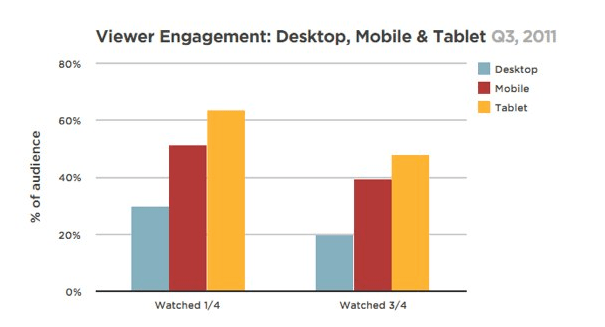1. Unique Visitors - That's the total number of individual visitors to your site during a specific period of time, not counting repeat visits by the same individual. Obviously, if this number continues to increase, you're doing well.
2. New versus Repeat Visitors - This is a comparison of your unique visitors vs. the number of visitors who came back more than once. Although it's great to have repeat visitors (and you really need them), a rate higher than 30% means that you're probably not growing your audience quickly enough.
3. Traffic Sources - This is a breakdown of the specific sources of traffic to your website. There are two - Organic traffic comes from a link found on a search engine results page. Referral traffic comes from a link on another website. This tells you how well your search engine optimization is doing. A referral level of about 30% is what you're looking for.
4. Referring URLs - This is the specific, non-search engine URLs that send traffic directly to your site. They represent the inbound links that are crucial for boosting your site’s search engine rankings and tells you which sites or bloggers are linking to your site and what type of content they tend to like.
5. Most/Least Popular Pages - This is a comparison of the pages on your site that receive the most and least traffic that tells you which kind of content your visitors prefers.
6. Conversion Rate - This is the percentage of visitors to your site who take a desired action, such as purchasing a product or filling out a lead generation form. This tells you how well you're converting leads into fans or customers.
7. Bounce Rate - This is the percentage of new visitors who leave your site almost immediately after arriving, with no other interactions. A high bounce rate means that your visitors don't find your pages particularly compelling.
Interpreting the above metrics should give you some idea of just how well your site is performing. Hubspot has a bit more on all of these points, plus a few more, if you're interested.
-----------------------------------
Help support this blog. Any purchases made through our Amazon links help support this website with no cost to you.
You should follow me on Twitter for daily news and updates on production and the music business.
Check out my Big Picture blog for discussion on common music, engineering and production tips and tricks.




